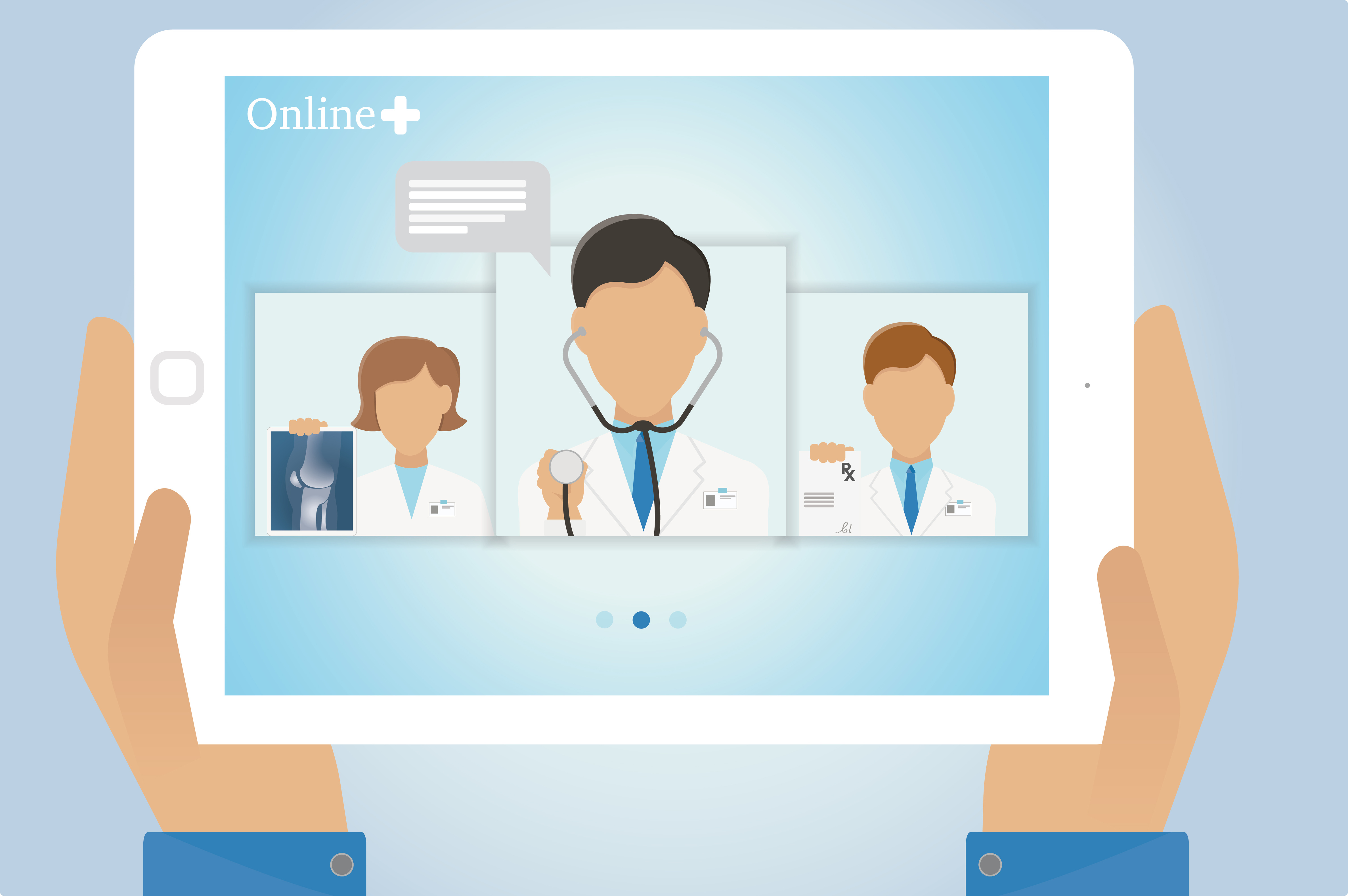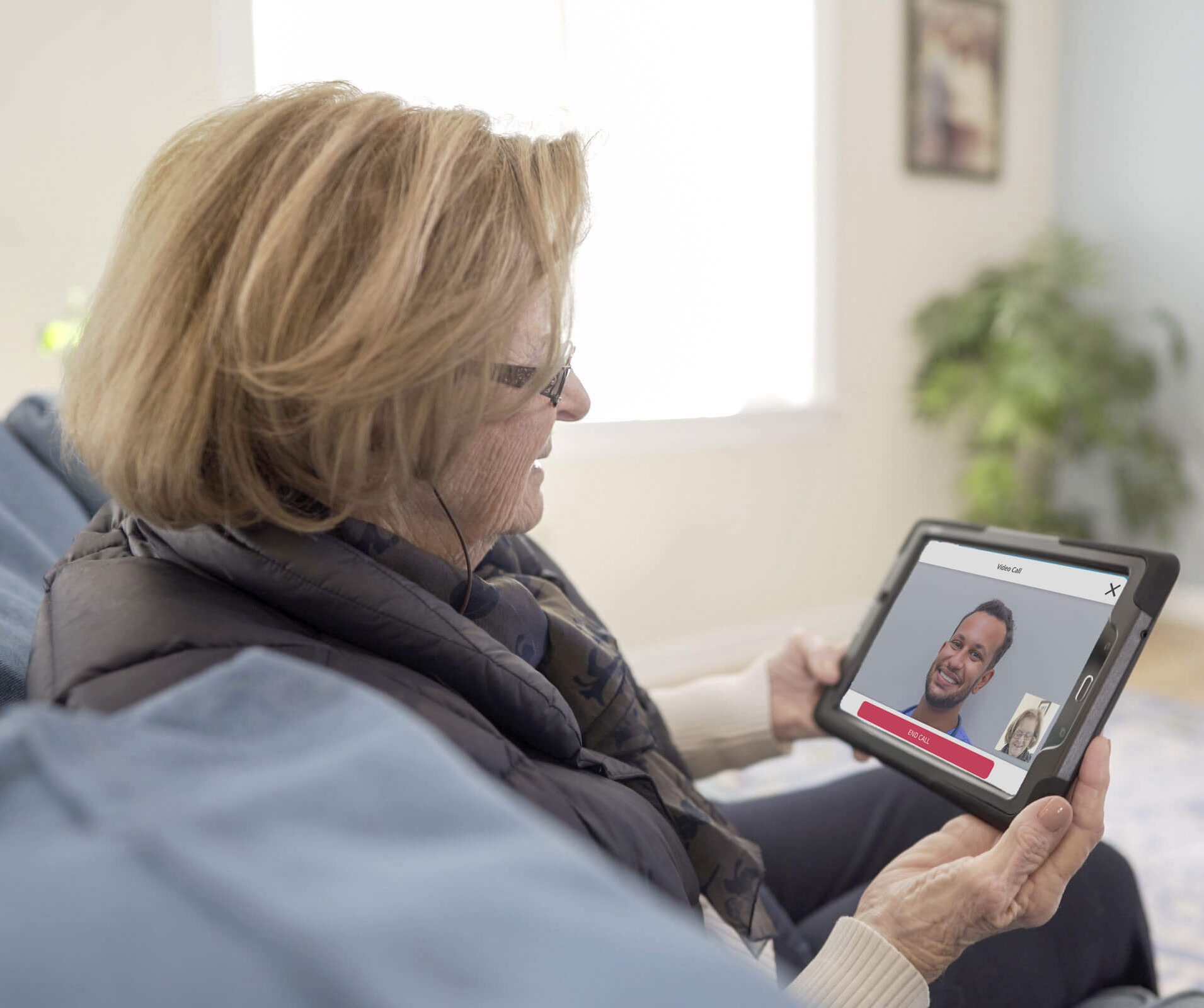Do you want to optimize your clinical workflows and provide better care for your patients? Look no further than remote patient monitoring (RPM). With the advancements in technology, RPM has emerged as a game-changer in the healthcare industry. It allows healthcare professionals to monitor patients remotely to improve efficiency, reduce costs, and enhance patient outcomes. In this article, we will explore how you can implement remote patient monitoring to optimize your clinical workflows and provide better patient care.
Understanding Clinical Workflows
Clinical workflows are the processes and procedures that healthcare professionals follow to provide care to patients. The efficiency of these workflows directly impacts the quality of patient care and overall health outcomes.
The Importance of Efficient Clinical Workflows
Efficient clinical workflows are crucial for delivering timely and effective care. When workflows are streamlined, healthcare professionals can focus more on patient care, spend less time on administrative tasks, and identify and address patient needs promptly. Efficient workflows also contribute to better patient engagement and satisfaction.
Additionally, efficient workflows play a vital role in reducing medical errors. When healthcare professionals have clear and standardized processes to follow, the likelihood of errors decreases significantly. This leads to improved patient safety and reduces the risk of adverse events.
Common Challenges in Clinical Workflows
Clinical workflows often face challenges that hinder efficiency. These challenges include communication gaps between healthcare providers, lack of interoperability, increasingly complex care needs, and persistent healthcare staffing shortages. These hurdles can lead to delays in care delivery, increased costs, and compromised patient outcomes.
- Communication Gaps
Communication gaps can occur when healthcare professionals from different departments or organizations fail to effectively exchange information. This can result in miscommunication, delayed decision-making, and ultimately, compromised patient care. Implementing efficient communication systems and technologies can help bridge these gaps and improve collaboration among healthcare teams. - Lack of Interoperability
Lack of interoperability between healthcare technologies, like your EHR and remote patient monitoring platforms, can negatively impact clinical workflows. When healthcare providers do not have access to comprehensive patient records, they may miss critical information or duplicate tests, leading to delays in diagnosis and treatment. This can also lead to increased costs, patient frustration, and reduced patient satisfaction. For clinicians, this can also lead to repetitive processes that require inputting data into multiple systems, increasing administrative burdens and the likelihood of mistakes. - Increasing Complexity of Care
The U.S. healthcare system is becoming increasingly complex, with new technologies and treatments emerging all the time. On top of this, the population is aging and struggling with chronic conditions and comorbidities that increase the demand for care. Healthcare providers that lack the tools and processes to stay organized while managing personalized care plans for each individual will struggle to improve patient outcomes. - Healthcare Staffing Shortages
Many healthcare organizations are facing staffing shortages, which can make it difficult to provide timely and quality care. When there are not enough staff to provide care, the remaining staff are often forced to take on more patients or tasks. This can lead to increased stress, fatigue, and burnout among healthcare workers. It can also lead to delays in diagnosis and treatment, communication breakdowns, increased risk of infection, and staff turnover.
The Impact of Remote Patient Monitoring on Clinical Workflows
Remote patient monitoring uses the latest healthcare technology to collect and monitor patient health data remotely. RPM can have a profound impact on clinical workflows, improving efficiency, patient engagement, and overall health outcomes. Here are some of the ways in which RPM can impact clinical workflows:
- Improve Patient-Provider Communication: RPM can help to improve patient-provider communication by providing a secure way for patients to share their health data with their providers in real-time. This can help to ensure that patients are getting the care they need, when they need it, and that providers are aware of any changes in their health status.
- Enhance Patient Engagement and Satisfaction: RPM empowers patients to take an active role in managing their health. In addition to vitals monitoring, RPM programs provide patients with access to educational resources, symptom surveys, and medication reminders that help them better understand and manage their condition. This increased patient engagement leads to improved treatment adherence, reduced hospital readmissions, and higher patient satisfaction.
- Streamline Clinical Processes: RPM enables healthcare professionals to identify potential health issues before they escalate and intervene proactively. This streamlines clinical processes by reducing the need for in-person visits and optimizing the allocation of healthcare resources. Healthcare providers can focus their attention on patients who require immediate care, ensuring timely interventions and better outcomes.
- Improve Efficiency and Reduce Costs: RPM can improve efficiency and reduce costs for healthcare providers by preventing hospital readmissions, reducing emergency department visits, decreasing hospital length of stays, and reducing administrative costs through automated scheduling and reminders.
Overall, RPM has the potential to significantly improve clinical workflows and deliver better care to patients. Allowing clinicians to respond to actionable data and connect with their patients virtually ensures care is provided at the right time, every time. However, it is important to note that RPM is not a one-size-fits-all solution. The best RPM program for a particular patient or population will depend on a variety of factors, such as the patient's condition, the healthcare setting, and the desired outcomes.
Tips for Implementing Remote Patient Monitoring
Not that we’ve explored some of the challenges of clinical workflows and benefits of RPM, let's discuss some tips for getting started. The first step to launching an RPM program is to assess your current workflows and identify areas of improvement. Consider the challenges you face today and how RPM can address them. Engage your healthcare team in the assessment process to ensure a comprehensive understanding of your organization's needs.
Once you’ve completed a basic needs assessment, it’s time to start looking for an RPM provider. With a wide range of RPM providers in the market, it's essential to choose a partner that aligns with your goals and requirements. Look for features such as ease of use, interoperability with existing systems, data security measures, and reliable customer support. Evaluate multiple vendors and consider seeking recommendations from trusted colleagues.

How to Launch an RPM Program in 6 Steps
For healthcare organizations that are planning to introduce telehealth and remote patient monitoring programs, the process may seem daunting. But with proper guidance and support, it can be made seamless. We created a step-by-step guide to help you get started.
How HRS Helps Improve Clinical Workflows with RPM
In conclusion, remote patient monitoring offers immense potential to improve clinical workflows and deliver better patient care. By leveraging the latest healthcare technology and embracing the benefits of RPM, healthcare providers can enhance patient engagement, streamline processes, and ultimately achieve better health outcomes for their patients.
From admission to discharge, HRS helps healthcare providers design an efficient workflow for their RPM program that fits within the organization's overall workflow. Connect with us today to start exploring remote patient monitoring as a solution to improve your clinical workflows!

Remote Patient Monitoring & Care Management Solutions
Achieve better clinical outcomes and ROI by leveraging HRS' best-in-class clinical expertise, logistics, analysis, and the industry's leading, most advanced remote care technology.